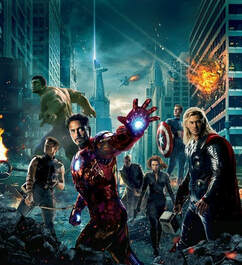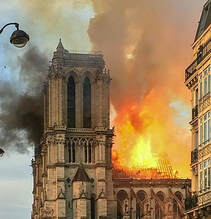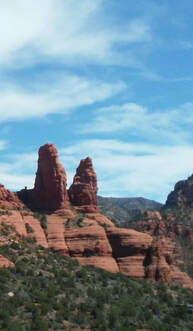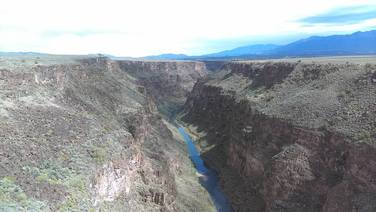
Just to hit the main points:
Thousands of ordinary working people have their ability to make a living pulled out from under them by a combination of climate change and a market crash they had no control over.
Having heard of “enough work for everybody” in a far off State, they pack up their meager belongings and make their way with great risk and difficulty across highways, mountains and deserts to reach the “promised land” of California.
When the migrants finally arrive at “the promised land” they are stopped by police at the border and treated like unwelcome refugees.
They manage to gain entry to the promised land, but can only survive by working long hours for meager wages and living in deplorable conditions in camps designated for them.
When a Government Agency offers them decent living conditions, the locals accuse them of being “Reds” and attempt to use violence to make the migrants “go back where they came from”.
For further details, turn on CNN.
With a change in language, and a switch in direction from West to North, this scenario is playing out with a vengeance along America’s southern border. Instead of southwestern and midwestern states, whole countries in Central America are no longer able to economically sustain their populations due to a combination of climate change, population growth, crime and government corruption. Thousands of people are making the long and dangerous trek north in hopes of finding some way to survive in the “promised land” of America. Americans, fearing that the refugees will take jobs away from U.S. citizens and bring disease, crime and overcrowding with them, are tightening border controls and setting up internment camps.
Fact check: there wasn’t enough work in California for all the migrants seeking it, any more than there are jobs and housing waiting with open arms for the tens of thousands of refugees teeming at our southern borders. In both cases the migrants are acting out of a combination of desperation and misinformation.
Second fact check: In neither case were or are the migrants an invading force. There is no orchestrated evil intent behind either these movement, just ordinary people trying to survive and feed their children.
Third fact check: existing government policy either here or in Central America is insufficient to deal with this situation. The great Depression and the effects of the Dust Bowl droughts were only “fixed” by the radical shift in American Political Policy referred to as the New Deal (and referred to as a “Red” conspiracy by its detractors), as well as changes in farming methodology to conserve topsoil and the eventual return of rain to the Midwest in 1939. The New Deal happened because the American people voted for the president who pushed it through.
In his second inaugural address, Franklyn Delano Roosevelt said:
“I see one-third of the nation ill-housed, ill-clad, ill-nourished . . . the test of our progress is not whether we add more to the abundance of those who have much; it is whether we provide enough for those who have too little.”
At this point in history, over a third of the world is “ill-housed, ill-clad, ill-nourished”. Across the world, whole continents are approaching that situation. We can’t hide from it any more than California could hide from the stream of fellow citizens coming down Route 66.
A major part of America’s identity has been our image of ourselves as a refuge for those seeking a better life. At this point, that image is wearing thin. The call for a wall to “keep them out” was supported by enough Americans to elect a President who promised to build it for them. This isn’t just racism, any more than it was in the Dust Bowl days, when people on both sides of the border were white. In both rural and urban areas, American poverty is on the rise, despite statistical postings of a “surging” economy. Our sense of our country as a place of abundance where there’s enough for everybody no longer matches the facts.
That being said, attempting to see the fate of today’s refugees as “not our problem” and thinking we can “send them back where they came from” is a serious failure to see the big picture. Borders are at best artificial, especially in today’s interlinked world. A political solution will be impossible to come by without a human solution to create it.
In the last scene of the “Grapes of Wrath” film, Mother Joad, despite the hardships her family has suffered, affirms that they will survive because “we are the people”. The people did survive. The Dust Bowl came and went.
Our new twenty first century Dust Bowl is bigger, deeper, and threatens all of us. It will take all of us to survive it. All of us or none of us.
Tom Joad for president.






 RSS Feed
RSS Feed